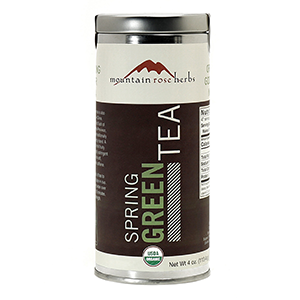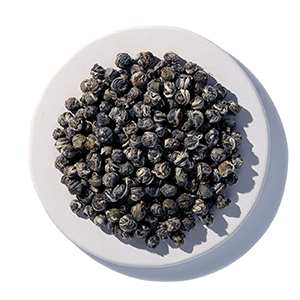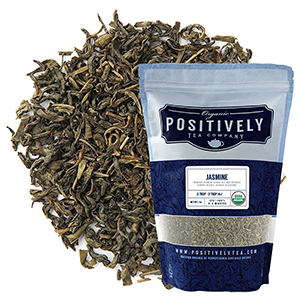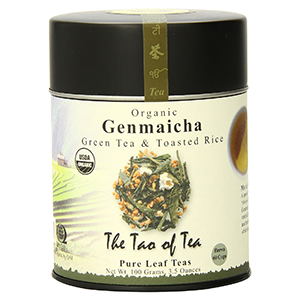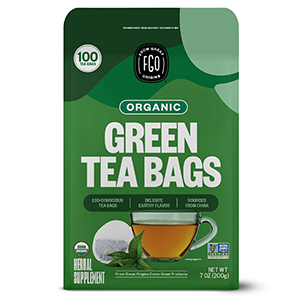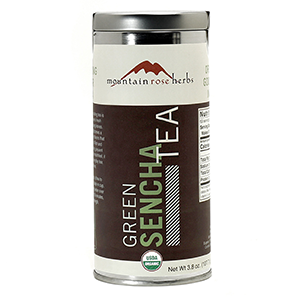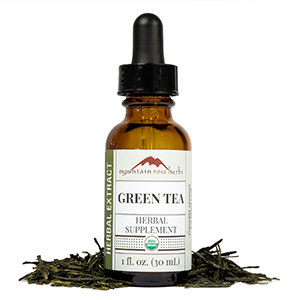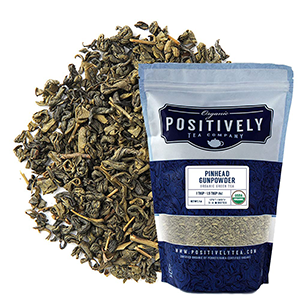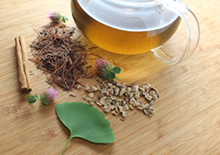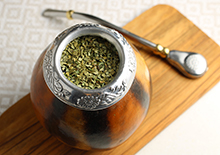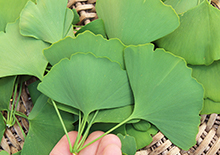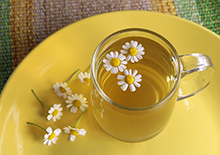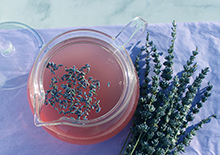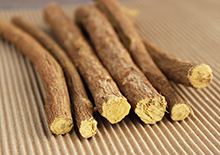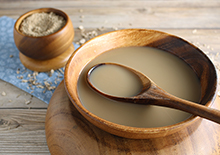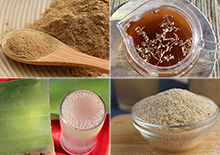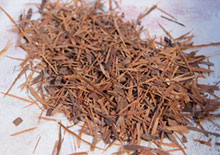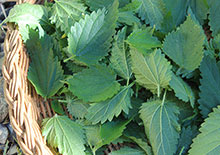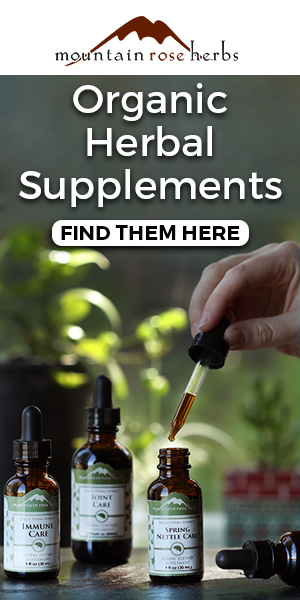- Home
- List of Herbs
- Top Green Tea Benefits
Top Green Tea Benefits and the Researched EGCG Compound
Green Tea Vs Black Tea | #1 Compound | Green Tea Benefits | Caffeine Vs Coffee | How to Use | How Much? | Precautions | Shop
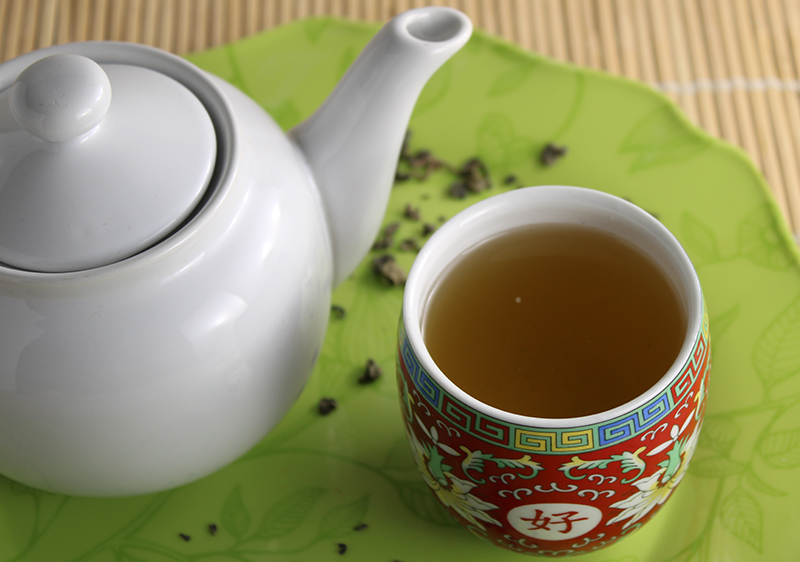
Green tea comes from a very remarkable yet humble-looking shrub, the Camellia, often used as a flowering ornamental landscape variety because it's easy to grow and maintain.
This is the same thick hardy-leafed plant utilized to make black tea. Black tea, however, goes through an oxidation or "fermentation" process that green tea does not.
Green tea leaves are immediately heated to stop oxidation which retains the dried leaf's green chlorophyll pigment as well as many health-enhancing nutrients that this type of tea is known for.
Table of Contents
Green Tea Vs Black Tea | #1 Compound | Green Tea Benefits | Caffeine Vs Coffee | How to Use | How Much? | Precautions | Shop
Black tea leaves, which are originally green when harvested, darken from exposure to air and enzymatic reactions turning them a black-brown color and reddish-brown when steeped.
When it comes to green tea production, specific Camellia sinensis cultivars and growing methods are implemented to provide a range of distinct features such as flavor and caffeine content.
The tea plant is believed to be native to areas of southwestern China and north Burma (now called T). Often honored via traditional tea ceremonies, East Asian countries have been masterfully producing and drinking all types of tea over many centuries.
While green tea has upheld profound cultural significance in these cultures, it only recently has become popular in other parts of the world as a caffeinated beverage alternative due to its unique taste but most importantly among health seekers for its beneficial components.
#1 Compound Found in Green Tea Leaves
The dense leaves from the Camellia plant are packed with unique polyphenol antioxidants called CATECHINS.
The green leaf contains the specific catechin derivatives known as:
- Epicatechin
- Epigallocatechin
- Epicatechin gallate
- Epigallocatechin gallate
One of green tea's benefits is that the leaves retain most of these compounds due to processing techniques. Black tea contains significantly lower amounts with most catechins oxidizing into theaflavins and thearubigins which have lesser health advantages.
The #1 health-benefiting catechin in green tea according to research is EPIGALLOCATECHIN GALLATE (or Epigallocatechin-3-Gallate) also called EGCG.
In East Asian countries, like China, Japan, Korea and Taiwan, green tea quality is often of the utmost importance. Superior quality dried tea is based on the region its grown, the time of harvest and other particulars. From a health perspective, these types can yield higher amounts of these catechin polyphenols than any other dietary source.
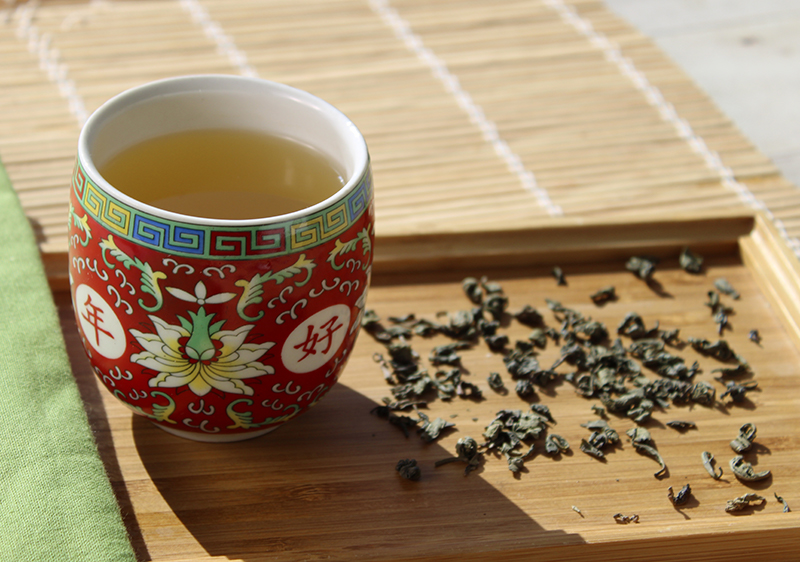
What are Catechin-Derived Green Tea Benefits?
The catechin compounds in green tea have for many years been scientifically acknowledged for their protective health influences on humans.
Evidence suggests this is mostly due to their anti-inflammatory and antioxidative attributes which have been especially researched for their ANTICANCER potentials.
While catechins are also found in other foods like cacao, red wine and blueberries, green tea is known to be one of the highest sources of these natural plant-based antioxidants.
Consumption of green tea is also regarded to have anti-aging properties because EGCG has been found to support collagen structure and photoaging of the skin.
One of the popular top benefits of green tea is for those looking to lose excess body weight. This is not only due to the caffeine content, which provides a feeling of fullness but also because catechins are additionally known to help boost metabolism which can help to burn body fat. Green tea extracts can also be helpful for such purposes.

Caffeine Content, Green Tea Benefits Over Coffee
Green tea benefits contain the alkaloid known as caffeine, along with small quantities of theobromine and theophylline.
The caffeine content in coffee is about two to three times more than green tea.
One cup of brewed green tea is usually between 30-50 mg of caffeine depending on the green tea variety. The average cup of coffee is about 95 mg caffeine per 8 ounces.
One of the frequently claimed benefits of green tea is that it provides caffeine without the nervous jittery side-effects of coffee. Some evidence suggests that the L-THEANINE component is involved.
Matcha tea, a powdered whole-leaf green tea, contains the most L-theanine content with up to five times the amount of regular green tea. Matcha is likewise higher in catechins like EGCG.
How to Use
It's best to use fresh high-quality teas. For this, we prefer loose-leaf as opposed to pre-packaged tea bags. You also get way more green tea for your money when you buy and use it in bulk.
Generally, the average amount per one cup (8 ounces) of hot water is one teaspoon (about 4 grams).
It is an East Asian tradition to steep green tea for under 3 minutes, usually at or below (180°F) for the best flavor.
However, in our research, we found that the concentration of EGCG can be increased by letting it infuse for 10 minutes before straining out the leaves. This provides a stronger-tasting tea which is often an indication of higher catechin content.
Some experts say that it is best to drink green tea between meals for the highest nutrient uptake.
How Much Green Tea Should You Drink?
Between 2-3 cups a day is often the recommended amount for getting many of the benefits that green tea is known for.
This quantity can vary of course depending on many factors such as age, body weight and other variables.
Precautions:
Green tea contains caffeine and may trigger unwanted side effects such as insomnia or headaches. It's best to avoid consuming it if you are pregnant or nursing. Seek the advice of your nutritionist or healthcare provider before drinking green tea if you have a serious medical condition or are taking prescribed medications.
Shop Related Products (About Affiliates & Amazon Associate Paid Links)
Affiliate Disclaimer: This section contains affiliate product links. If you make a purchase through our recommended links, we receive a small commission at no additional cost to you. Thanks for the support.
